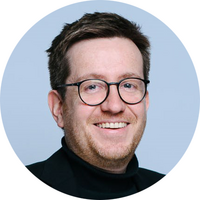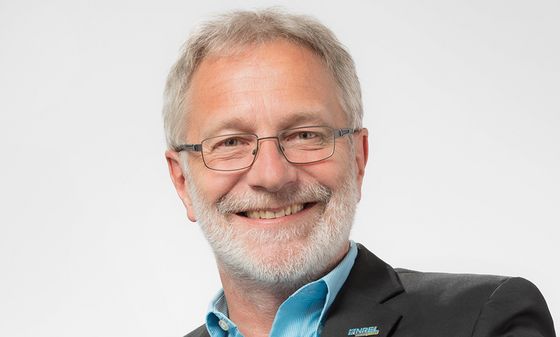| |
| |
| Martin, what was your initial reaction when asked if you would consider becoming president of the Helmholtz Association? |
| |
To be honest, the question came as a complete surprise, and I wasn’t seeking a change. A few months ago, I received a call from the search committee out of the blue. At first, I thought it was regarding my role on the Scientific Advisory Council at the Forschungszentrum Jülich. But the person on the phone informed me that I was the top candidate for the position of the next Helmholtz president. I was speechless at first, and even now, I occasionally have to pause and catch my breath. Being offered this role is a tremendous honor and a significant challenge.
| |
| You’ve lived in the United States with your family for nearly 30 years. What convinced you to accept this offer? |
| |
Throughout my life, I’ve always wanted to be in a place where I could make a difference and contribute to a better world. The National Renewable Energy Laboratory (NREL) in the US has been a fantastic place to do just that. But Helmholtz now represents a unique opportunity. With 46,000 people pursuing cutting-edge research on global challenges, it’s like being a German soccer coach in the US asked to become head coach of the German national team for the World Cup.
| |
| You already mentioned that you’re quite familiar with one of the Helmholtz Centers, Jülich. How have you perceived Helmholtz as a whole, looking at it from the outside? |
| |
The Helmholtz Association, to me, is an outstanding example of how research can be structured for the benefit of society. With its focus on key future topics such as climate change, energy, and health, it combines excellent fundamental research with practical solutions. I am particularly impressed by its consistently interdisciplinary approach. At Jülich alone, four research fields come together to work on the best solutions. Combined with exceptional infrastructure, the many talented individuals working at the centers make Helmholtz a global leader.
| |
| What do you see as the biggest challenges science will face in the coming years? |
| |
In the coming years, we’ll face numerous societal challenges that science will have to address. Developing sustainable solutions for climate change and the energy transition will require concrete approaches. The COVID-19 pandemic has underscored the importance of robust, interdisciplinary health research. We should view the new possibilities in fields like data science and artificial intelligence as tools for tackling these challenges successfully. Moreover, the framework for research is constantly evolving, and we must ensure that public support for our work remains strong while attracting the best global talent to an ideal research environment.
| |
| Will we be seeing more of you in Germany before your official start next year? |
| |
Although I intend to make the most of my time at NREL until the very last day, I plan to visit Germany from time to time over the coming months. The upcoming review process provides a great opportunity to gain an even better understanding of Helmholtz. Naturally, I’ve also marked the celebration of the Association’s 30th “birthday” on my calendar. My wife Sibylle and I might combine this with the search for a new home in Berlin – a process that I’ve heard requires quite a bit of planning time.
The interview was conducted by Sebastian Grote.
|
|

